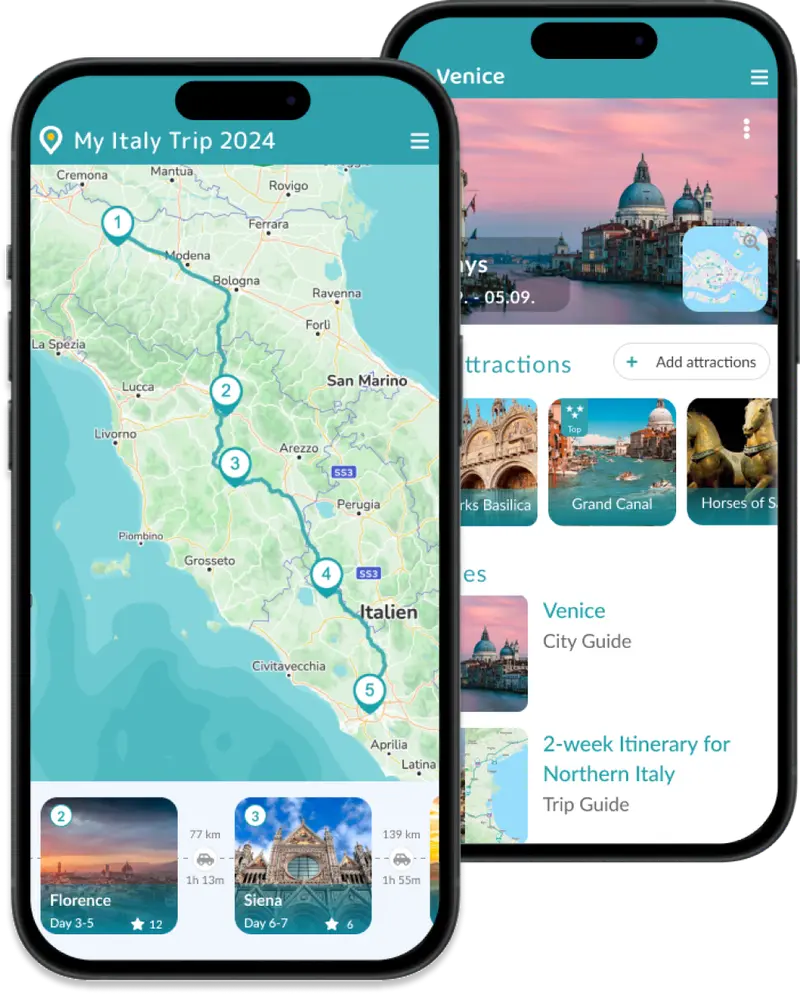Famous as the setting for Shakespeare's "Romeo and Juliet," Verona enchants thousands of visitors every year. Beyond Juliet's overrated balcony, you'll discover a picturesque, laid-back town you'll fall in love with. Wander through charming cobblestone streets, explore beautiful piazzas, and savor the vibrant culinary scene with its regional wine.
If you love music, enjoy a world-class opera performance in the famous Arena di Verona during summer — a unique experience in a very special setting.
Top Highlights of Verona










Inspiration
Travel Information
Is the Verona Card worth it?
If you visit more than two attractions a day, then yes. The Verona Card offers a cost-effective way to explore the city's major attractions, including the Arena, Juliet’s House, Castelvecchio Museum, the Cathedral and the Church of San Zeno. It costs €27 for 24 hours and €32 for 48 hours (2024), and includes free bus travel. Further discounts are available for various activities in and around town.
The card can be purchased at the Tourist Information Office, at the Verona Porta Nuova Train Station (money exchange office, Maccorp Italiana Spa - Forexchange), in museums (except for Tower of Lamberti, Lapidary Museum, Arche Scaligere and Juliet's House), and the main churches, like the Cathedral. You can also buy it online (e.g. GetyourGuide), but be aware that you will need to exchange your voucher for a phisical card at the Tourist Office in Verona.
Priority access is available only at the Arena. For Juliet’s House, booking a time slot is mandatory.
Note: The card is not valid for the Aerobus airport shuttle, the extraurban bus service or the Funicular.
For more details, visit Visit Verona.
How long should you stay?
Visit Verona on an independent city getaway, or include it in a longer North Italy or Dolomites road trip.
Many visitors stay for just a day, either as a day trip from Lake Garda or as a stop during a road trip. However, you can easily stay for a weekend break of 2 to 3 days. This allows you enough time to visit the main attractions, enjoy the local cuisine, and possibly take a nearby day trip to Lake Garda or the Valpolicella wine region. Additionally, you will need to stay overnight if you want to see an opera in the arena.
Best time to visit?
The best time to visit Verona is during late spring (May-June) or early autumn (September-October) when the weather is mild and the tourist crowds are a bit thinner.
How to get to Verona?
By Plane
If you are coming from farther away, book a flight to Verona's airport, Verona Villafranca Airport. It is located just a short drive from the city center. From the airport, you can take a taxi, bus, or rental car to reach your destination in Verona.
By Train
If you are from southern Germany, Austria, or Switzerland, you can easily take the train to Verona. There are great connections, and you can travel overnight and arrive fresh in the morning to explore the town. The city's main railway station is Verona Porta Nuova, which is one of the major hubs in Italy. High-speed trains also connect Verona to larger Italian cities like Venice, Milan, and Florence, if you want to travel further by train from Verona.
Additionally, there are regular bus services that connect Verona to nearby towns, good for day trips out of town.
Fancy a roadtrip?
Be inspired by our hand-picked road trips.
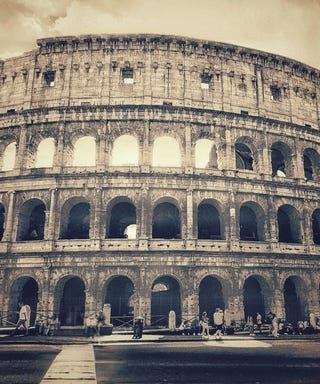

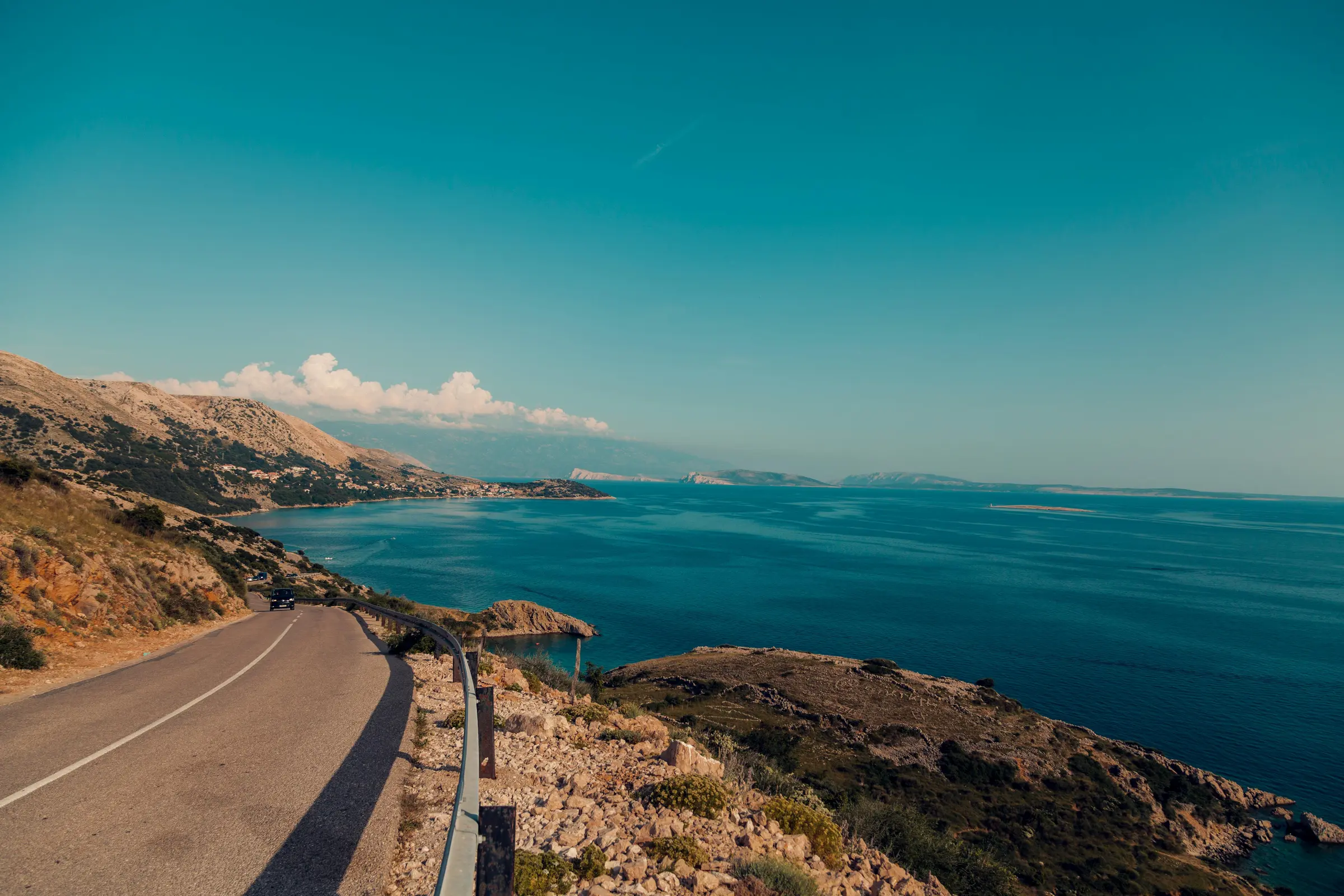
Day Trips from Verona
Lake Garda
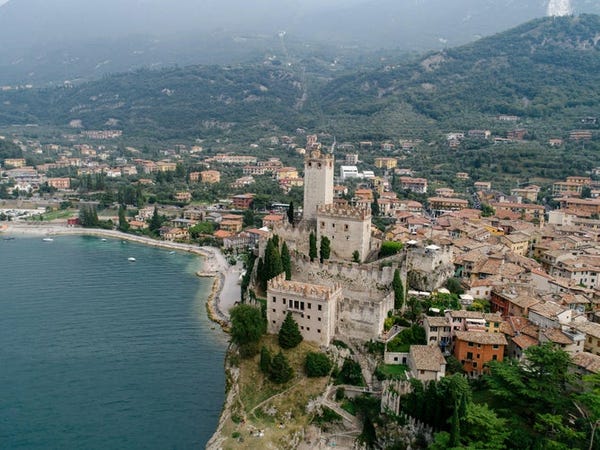
Valpolicella Wine Region

Culinary Specialties
What to Drink
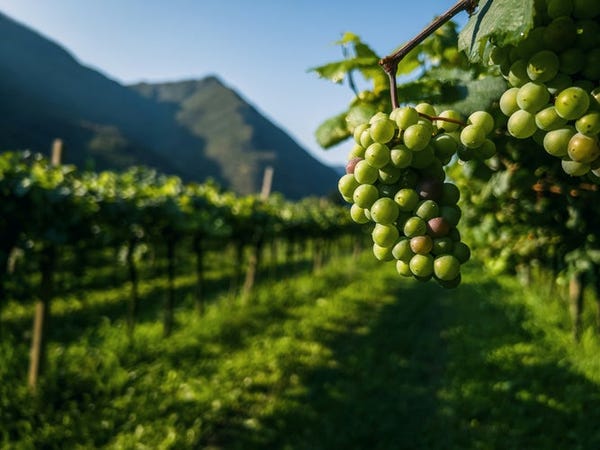
- Amarone della Valpolicella: A robust, dry red wine from the Valpolicella region.
- Soave: A crisp, dry white wine produced in the nearby Soave region.
- Aperol Spritz
What to Eat

- Risotto all'Amarone: A rich risotto made with the famous local Amarone wine.
- Gnocchi di Patate: Traditional potato dumplings often served with rich sauces.
- Pastissada de Caval: A hearty horse meat stew, a Veronese specialty.
- Pandoro: A sweet, star-shaped cake traditionally eaten around Christmas.
History
Originally founded by the ancient Romans, Verona flourished as a bustling commercial center along the Adige River, due to its strategic position. It was during this time that the famous Roman amphitheater, the Arena, was built.
Verona's history is also intertwined with the tragic love story of Romeo and Juliet, immortalized by William Shakespeare in his iconic play. Visitors can still visit Juliet's house, complete with a balcony where lovers from around the world come to leave letters and tokens of affection.
During the Middle Ages, Verona flourished under the rule of the Scaliger family from the 13th to the 14th centuries. The Scaligers transformed Verona into a fortified city with impressive structures like Castelvecchio and the Scaliger Tombs, and their rule marked a period of cultural and economic prosperity.
The Renaissance era saw Verona becoming part of the Venetian Republic in 1405, which brought stability and further artistic growth. Many of the city's stunning palaces and churches, adorned with frescoes and intricate designs, were built during this period.
In the 19th century, Verona was annexed to the Austrian Empire, before becoming part of the Kingdom of Italy in 1866 following the Third Italian War of Independence. Throughout its history, Verona has been a crossroads of trade, culture, and political power, which is reflected in its diverse architectural styles and historical landmarks.



